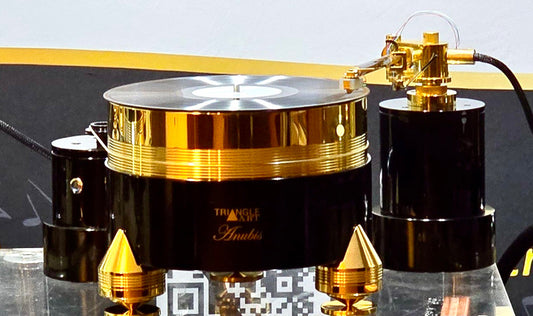This is the final in our little series on live vs. recorded. We've ben discussing recordings and how it is that with some types of recordings and setup we can immediately tell live from recorded and in other types we cannot. This is a huge subject and one we can return to another day.
Let me suggest that it is easier to tell a live feed from a recorded feed if you are using stereo vs. mono. Might seem obvious but let's take a closer look anyway.
If you've ever been part of a modern multitrack recording process you know that most of these constructed recordings are actually mono. That is, the vocals and each of the instruments are recorded on a single track with a single monaural source. The exception to this might be the drums where there are multiple monaural microphones on the same instrument - but even in this case each of the microphones is essentially a mono feed. Once captured on tape or digital the stereo space for each of these mono feeds is then assigned to build a "live" studio recording where the acoustic space is fabricated by the recording engineer. Rarely does this method give us a feel of a live space - but in the hands of a master it can get close.
But it is not the recording process itself that is to blame. If you listen to each of these mono tracks individually it's much harder to identify a live feed vs. a recorded feed as our ear/brain mechanisms try and assign a reality check on the spatial cues we're all so used to relying upon. And it is not the multitrack recorders that are to blame either. In the days before multitrack recording engineers could stilluse multi-microphone feeds in the same way - and with the same somewhat muddled "live" sounds as a result - because they lacked one thing that the ear/brain is very sensitive to: acoustic space.
The recordings of yesterday we so treasure for their "live" sound are typically examples like the classic Mercury three microphone recordings because they captured the acoustic space with equal importance to the direct sound. Some of the older mono versions sound good but lose that illusion of acoustic space.
In the hands of a master, like Keith Johnson of Reference Recordings, multi-microphone recordings can also enjoy breathtaking live sound as well - but here we have the exception not the rule.
In the end when we have a monaural close miked recording on good equipment it is nearly impossible to tell live vs. recorded which shows me the recording medium and electronics of same far exceed our abilities to discern differences. But when it comes to reproducing the acoustic space and all the subtle cues and nuances our ear/brains are so finely tuned to identify, it is here in this area that we can immediately hear any small change in the chain.
Tomorrow we start a new series on a completely different path: integrated vs. discrete and then on to op amps.








